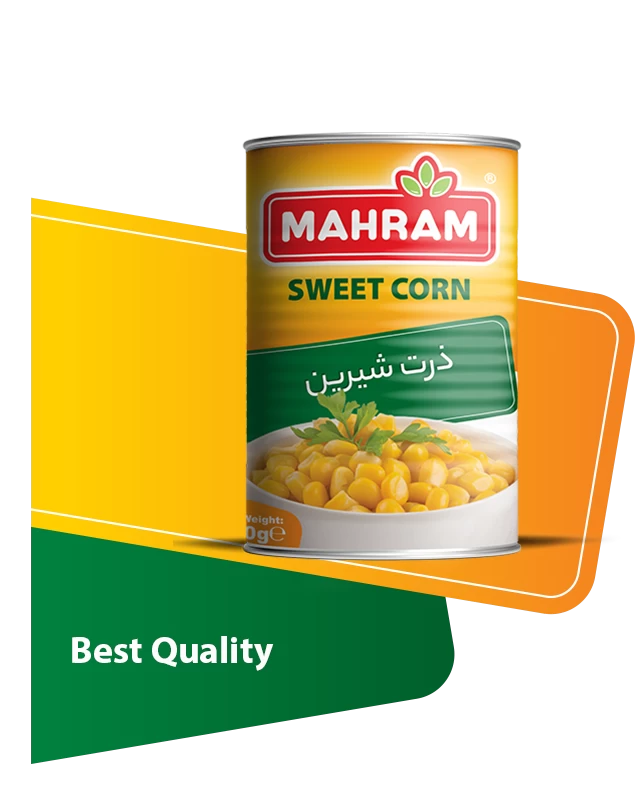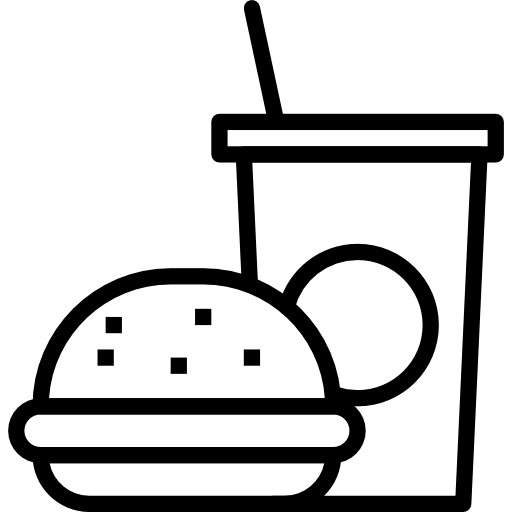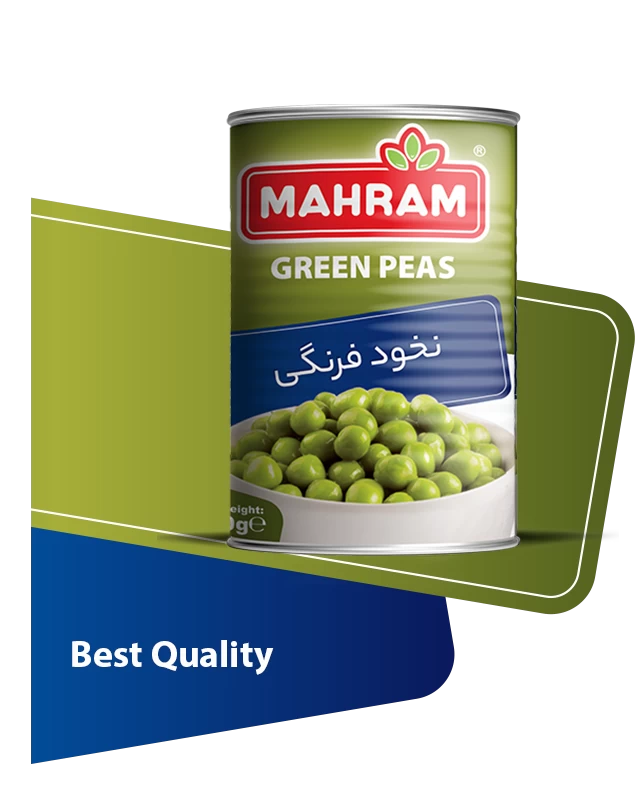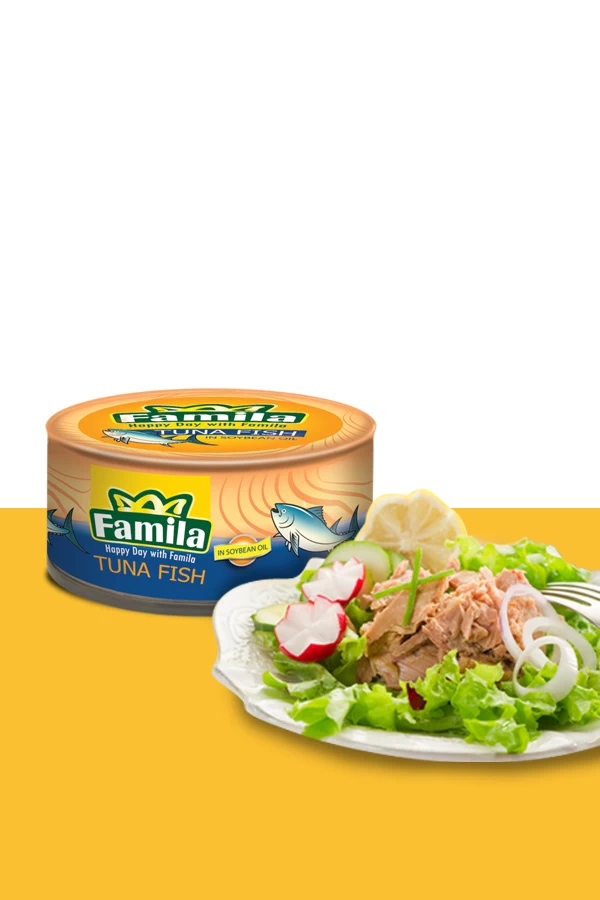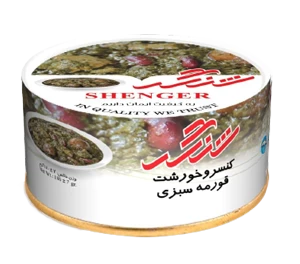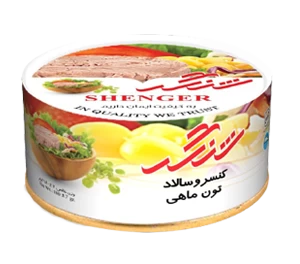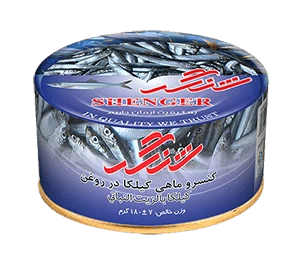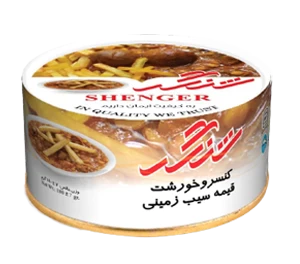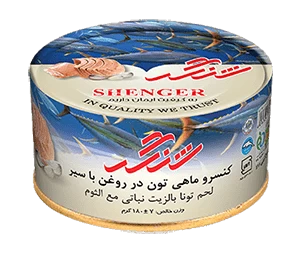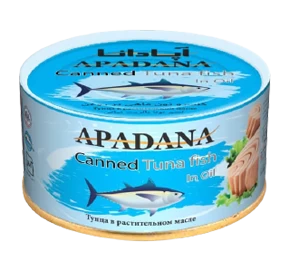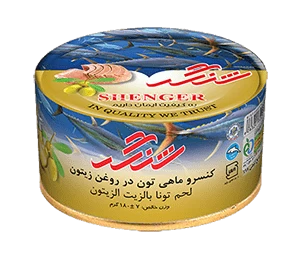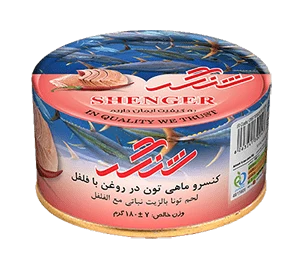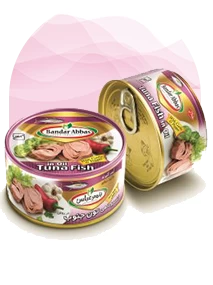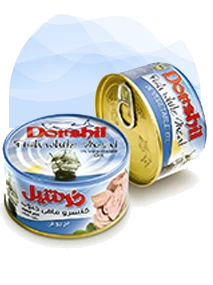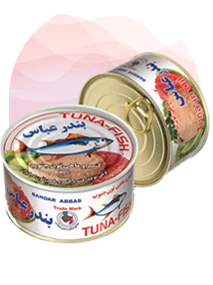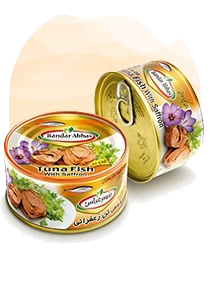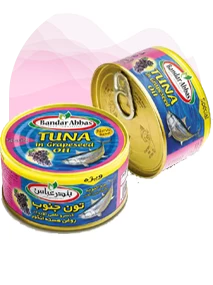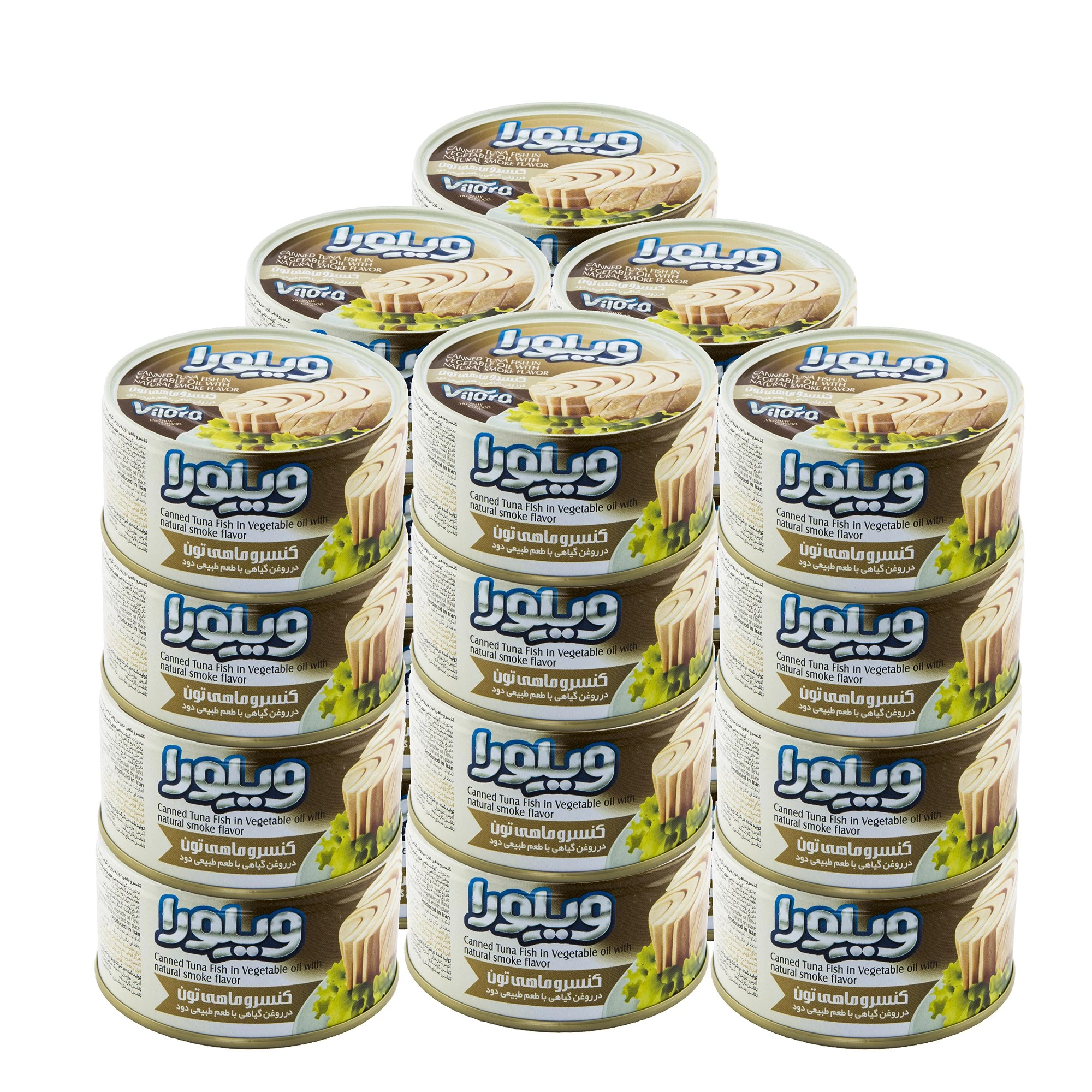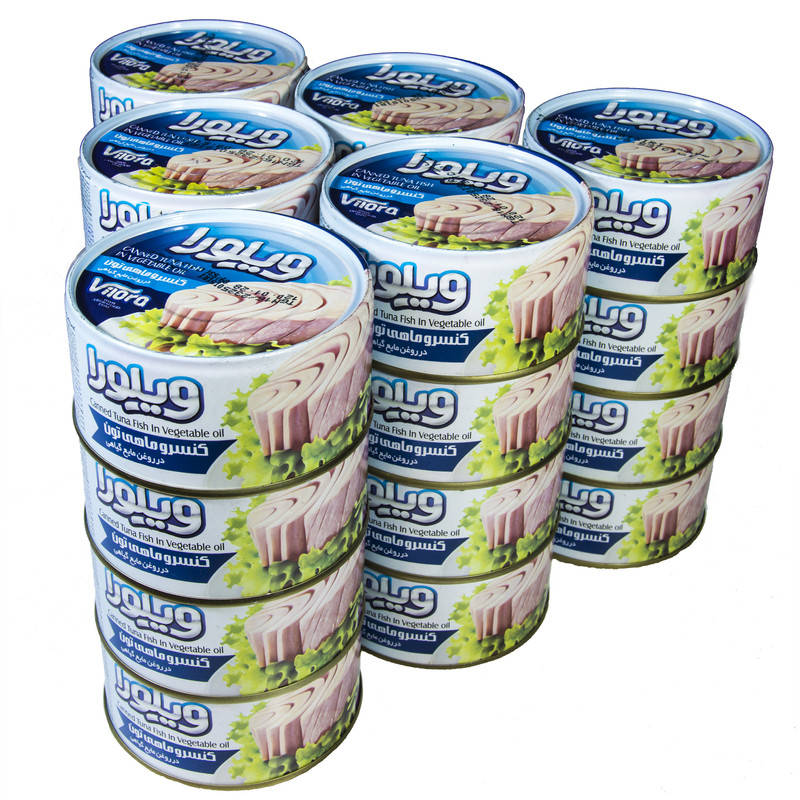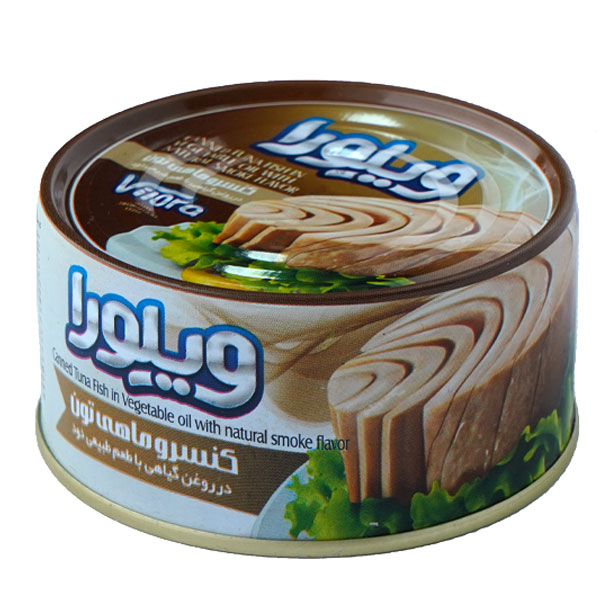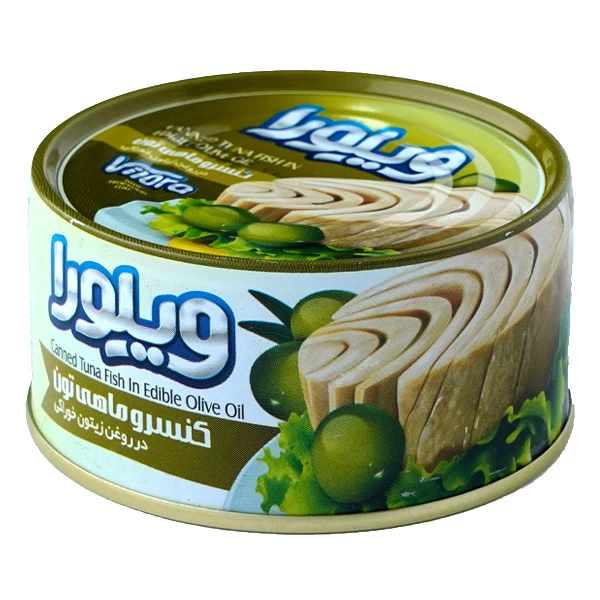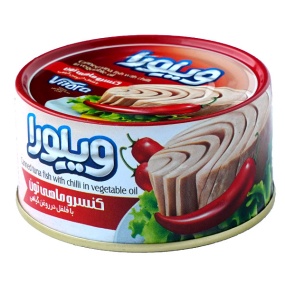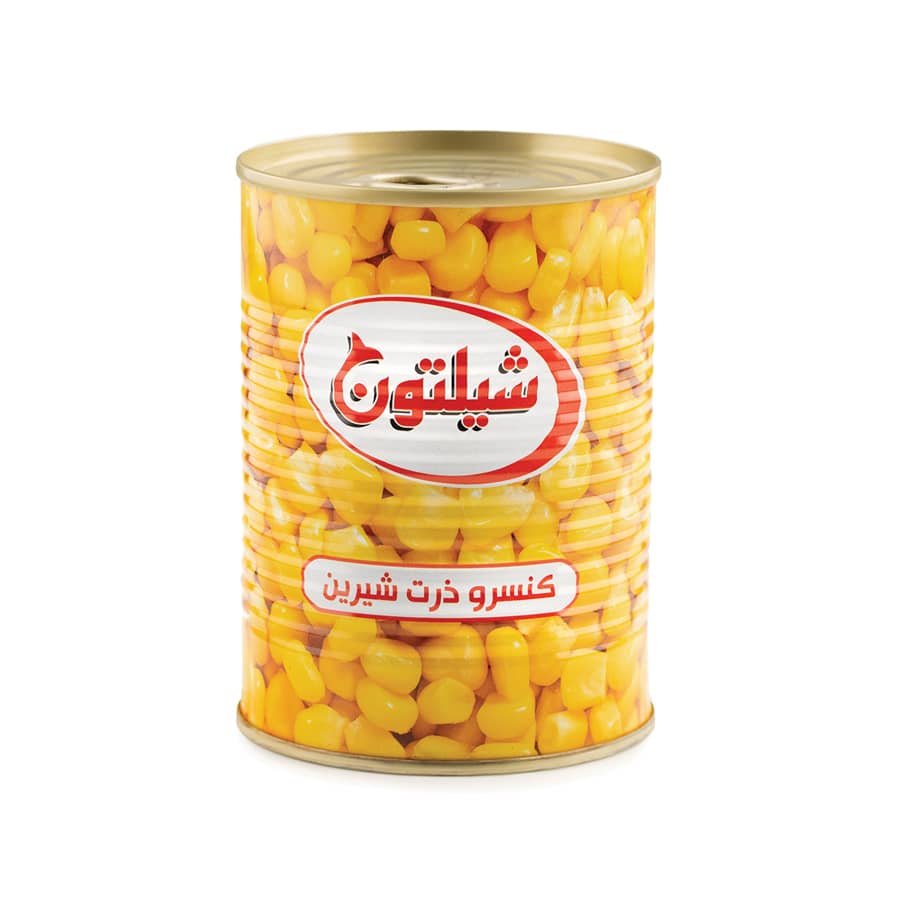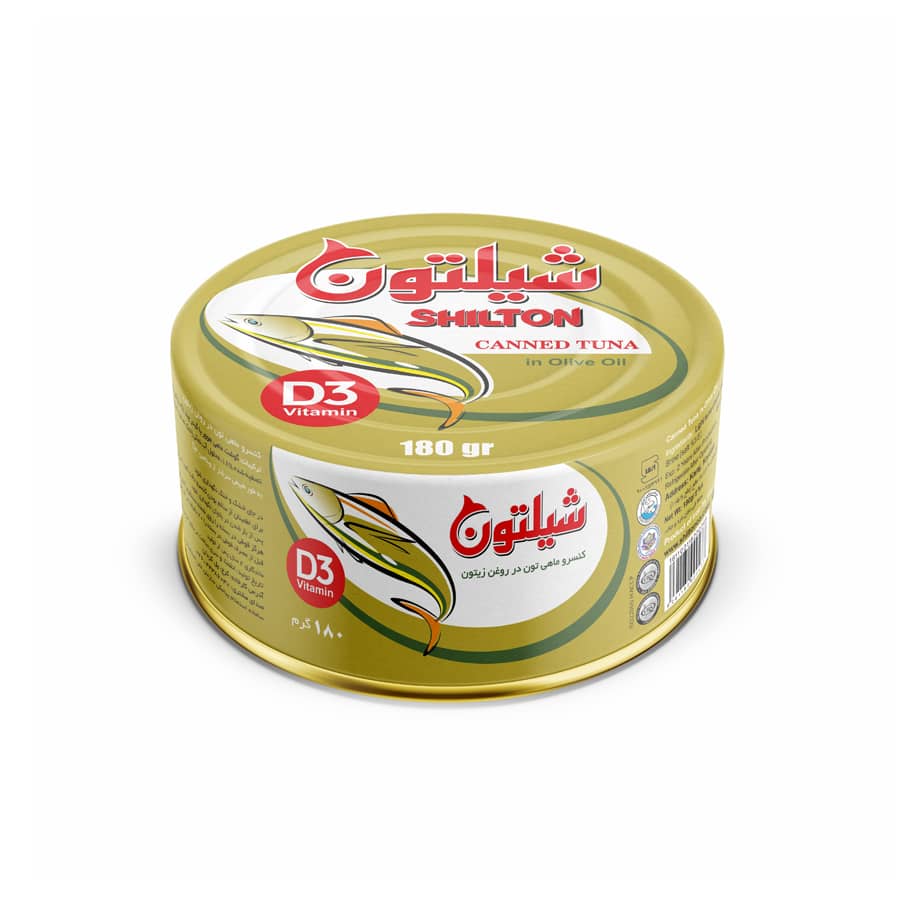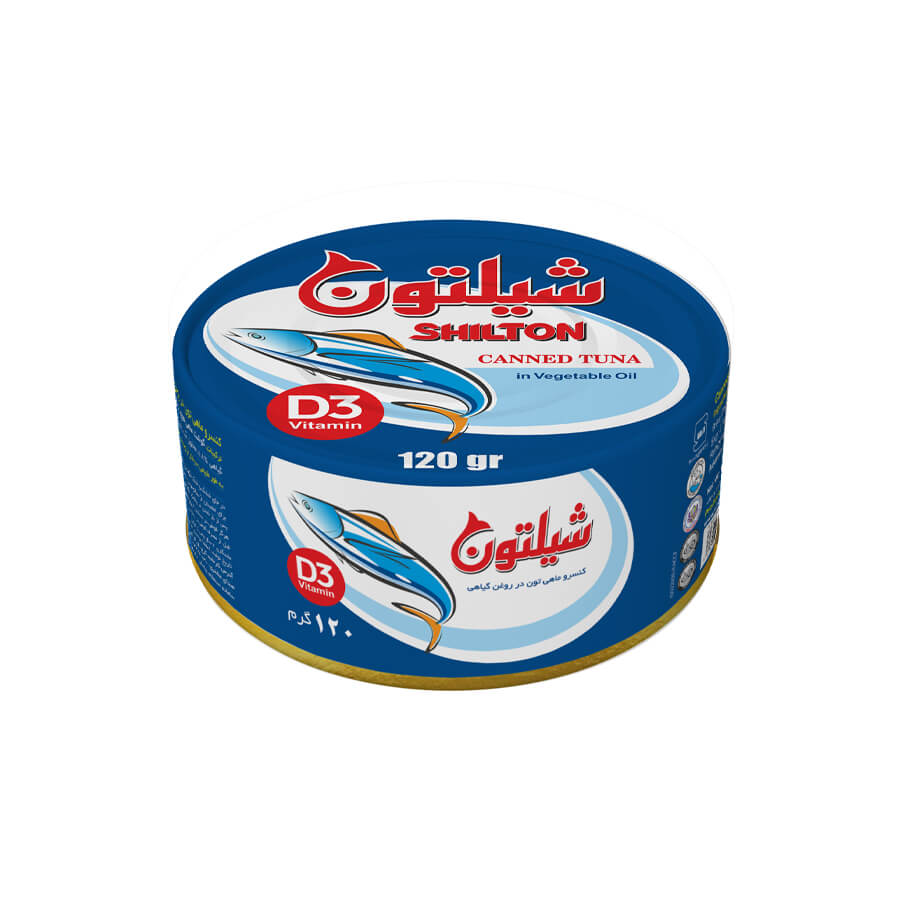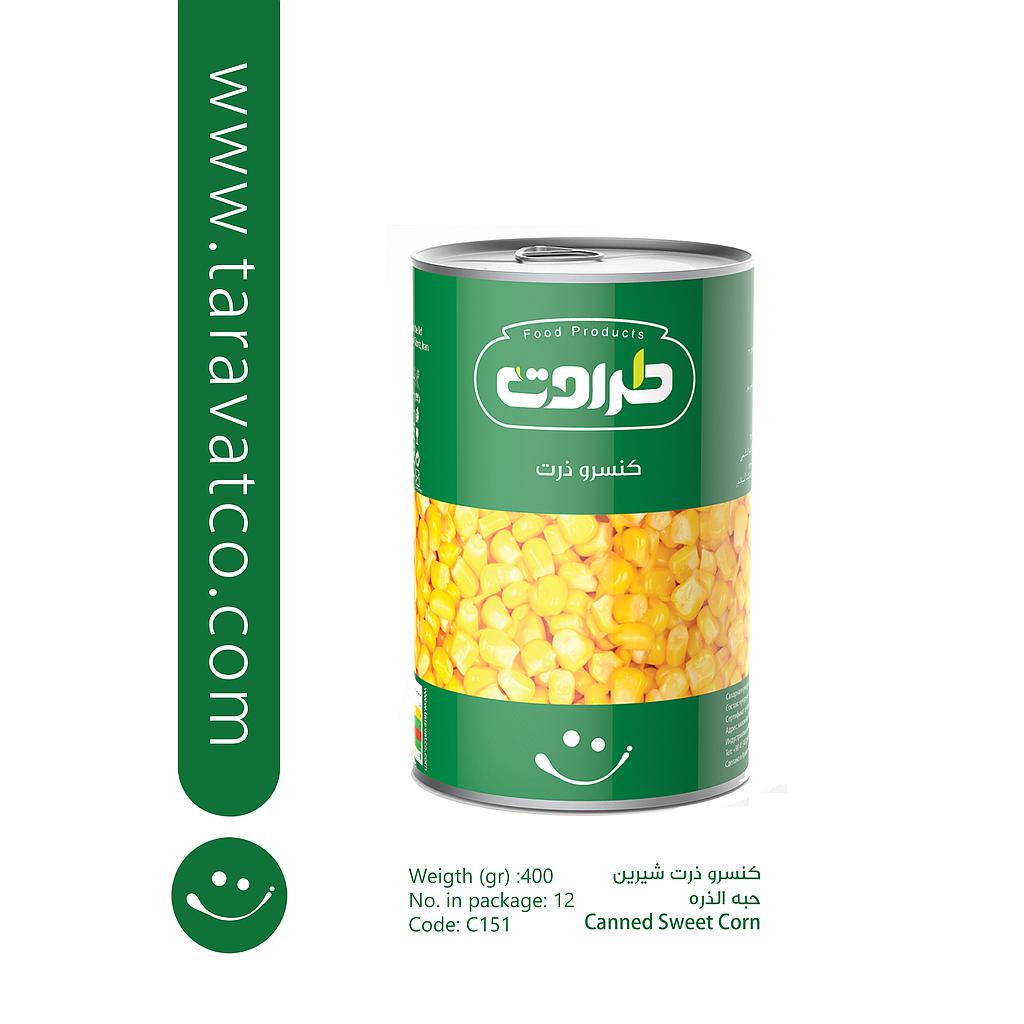Canned Food
Canned food refers to food items that have been processed, sealed in airtight containers (usually metal cans), and then heated to kill bacteria and extend shelf life. This preservation method involves placing food in cans, sealing them hermetically (airtight), and then heating them to destroy any microorganisms that could cause spoilage. Canned foods can include fruits, vegetables, meats, seafood, soups, sauces, and more.
The canning process typically involves several steps:
1. Preparation: The food is cleaned, peeled, trimmed, and cut into suitable sizes.
2. Filling: The prepared food is placed into cans, along with any necessary liquid, seasoning, or preservatives.
3. Sealing: The cans are sealed tightly to prevent air and moisture from entering, usually by using a lid that is crimped or sealed in place.
4. Processing: The sealed cans are heated to a specific temperature for a certain duration to kill bacteria, yeast, and molds, thereby sterilizing the contents.
5. Cooling and Labeling: After processing, the cans are cooled, labeled with product information, and packaged for distribution and storage.
Canned foods offer several advantages, including long shelf life, convenience, and preservation of nutrients. They are widely available, portable, and require no refrigeration until opened. However, it's essential to check for any signs of damage or spoilage before consuming canned foods, such as bulging or dented cans, broken seals, or unusual odors, as these may indicate contamination or deterioration.
There is a wide variety of canned foods available, spanning various food categories and cuisines.
Some common types of canned foods include:
1. Vegetables: Canned vegetables such as peas, corn, green beans, carrots, tomatoes, and potatoes are popular pantry staples. They are often used in soups, stews, casseroles, and side dishes.
2. Fruits: Canned fruits like peaches, pears, pineapple, mandarin oranges, and fruit cocktail are convenient options for snacking, baking, or adding to salads and desserts.
3. Beans and Legumes: Canned beans, including kidney beans, black beans, chickpeas, and lentils, are versatile ingredients for salads, chili, dips, and vegetarian dishes.
4. Meats and Seafood: Canned meats such as tuna, chicken, salmon, and ham are convenient protein sources for sandwiches, salads, casseroles, and pasta dishes. Canned seafood like sardines, mackerel, and crab can be used in appetizers, salads, and pasta sauces.
5. Soups and Broths: Canned soups and broths come in a variety of flavors and styles, including chicken noodle, tomato, vegetable, and beef broth. They are convenient for quick meals or as a base for homemade soups and stews.
6. Pasta and Pasta Sauces: Canned pasta products like spaghetti, ravioli, and lasagna are convenient meal options for busy days. Canned pasta sauces, such as marinara, Alfredo, and pesto, are versatile for pasta dishes and casseroles.
7. Condiments and Sauces: Canned condiments like tomato paste, diced green chilies, olives, and pickles are useful for adding flavor to dishes. Canned sauces like enchilada sauce, curry sauce, and gravy can be used in various recipes.
8. Desserts: Canned desserts like pie fillings, fruit compotes, and pudding are convenient options for quick and easy desserts.
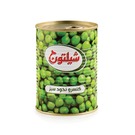
These are just a few examples of the many types of canned foods available, offering convenience, versatility, and long shelf life for various culinary needs.
Canned vegetables are a convenient and versatile pantry staple that provides a quick and easy way to incorporate nutritious vegetables into meals. They are processed and sealed in airtight cans to preserve their freshness and flavor.
Here are some common types of canned vegetables:
1. Corn: Canned corn kernels are a popular option for salads, soups, casseroles, and side dishes. They add sweetness and texture to various recipes.
2. Green Beans: Canned green beans are tender and ready to use in salads, stir-fries, casseroles, and as a side dish for meals.
3. Peas: Canned peas are versatile and can be used in soups, stews, casseroles, pasta dishes, and as a side dish.
4. Carrots: Canned carrots are often sliced or diced and can be used in soups, stews, casseroles, salads, and as a side dish.
5. Tomatoes: Canned tomatoes come in various forms, including diced, crushed, whole, and stewed. They are used in sauces, soups, stews, chili, and pasta dishes.
6. Potatoes: Canned potatoes are convenient for adding to soups, stews, casseroles, and salads. They come in various forms such as whole, sliced, or diced.
7. Mixed Vegetables: Canned mixed vegetables typically include a combination of carrots, peas, corn, green beans, and sometimes potatoes. They are versatile and can be used in a variety of recipes.
Canned vegetables are convenient for quick meals, especially when fresh vegetables are not readily available or in season. They are affordable, have a long shelf life, and retain most of their nutritional value and flavor. When using canned vegetables, it's essential to drain and rinse them before use to reduce sodium content and enhance flavor.
Canned fruits are a convenient and versatile option for incorporating fruit into meals, snacks, and desserts year-round. They are processed and sealed in airtight cans to preserve their freshness, flavor, and nutritional value.

Here are some common types of canned fruits:
1. Peaches: Canned peaches are a popular option for snacking, baking, and adding to salads and desserts like cobblers and pies.
2. Pears: Canned pears are tender and sweet, making them suitable for snacking, salads, and desserts like tarts and compotes.
3. Pineapple: Canned pineapple chunks, rings, and slices are versatile and can be used in sweet and savory dishes, including desserts, salads, stir-fries, and ham dishes.
4. Mandarin Oranges: Canned mandarin oranges are convenient for snacking, adding to salads, and using in desserts like fruit salads and cakes.
5. Fruit Cocktail: Canned fruit cocktail typically includes a mixture of fruits such as peaches, pears, grapes, and cherries in syrup. It can be enjoyed as a snack or used in desserts like fruit salads and trifles.
6. Cherries: Canned cherries, including sweet and tart varieties, can be used in desserts like pies, cobblers, and cakes, as well as in savory dishes like sauces for meats.
7. Applesauce: Canned applesauce is a convenient option for snacking, baking, and using as a substitute for oil or butter in recipes like muffins and cakes.
Canned fruits are convenient for use in recipes when fresh fruits are not readily available or in season. They have a long shelf life, retain most of their nutritional value, and can be enjoyed on their own or incorporated into a variety of dishes. When using canned fruits, it's essential to choose options packed in water or natural fruit juice rather than syrup to reduce added sugars.
There is a wide variety of canned foods available, spanning various food categories and cuisines.

Canned vegetables are a convenient and versatile pantry staple that provides a quick and easy way to incorporate nutritious vegetables into meals. They are processed and sealed in airtight cans to preserve their freshness and flavor.
Canned fruits are a convenient and versatile option for incorporating fruit into meals, snacks, and desserts year-round. They are processed and sealed in airtight cans to preserve their freshness, flavor, and nutritional value.

FAQs
Why are canned goods heated?
heated to kill bacteria and extend shelf life.
How do you put canned food in a can?
The prepared food is placed into cans, along with any necessary liquid, seasoning, or preservatives.
What does canned spaghetti include?
Canned condiments like tomato paste, diced green chilies, olives, and pickles are useful for adding flavor to dishes.
what dose Canned applesauce include?
Canned applesauce is a convenient option for snacking, baking, and using as a substitute for oil or butter in recipes like muffins and cakes.
 +7929688-88-14
+7929688-88-14

 English
English
 Persian
Persian
 Russian
Russian
 Chinese
Chinese


 +7929688-88-14
+7929688-88-14

